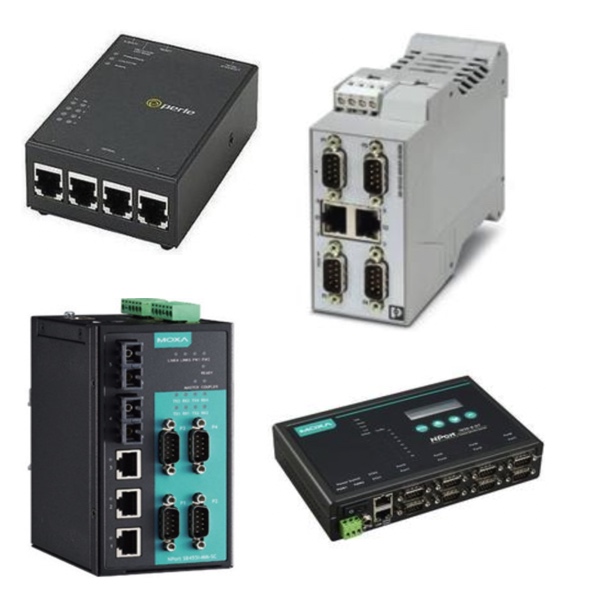
Terminal Servers

The network infrastructure is fundamentally about allowing various access points for multiple users, and terminal servers are a means to that end, acting as conduits for internet-connected devices to tap into the central resources of a server. Through optimal use of these devices, you can serve a great many users with a great deal of security and with just one central resource, as if you were using a great many individual setups. The power of the server can be used to do the same thing, multiplied many times over, for different users, all while maintaining a very high level of security—much more than you could maintain if you were setting up a different system for each user.
User sessions are managed centrally in a terminal server environment. Terminals are gateways to a server on which the operating system manages users and user sessions. Applications run on the server, and users on the client side have remote access to the server and to the applications running on it. The terminal server can connect to various devices through console servers and serial ports. By using a terminal server in a business or industrial application, network administrators achieve precise control over user access and user permissions. The terminal server; in effect, becomes a highly controlled front end to secure access to the data server.
Products
More Information about Terminal Servers
Terminal servers promote efficient use of resources, as well as cost savings, because they permit remote users to access applications without the need for dedicated installations on numerous physical systems. When using terminal server technology, an individual can run applications on a single server, which the server authorizes to handle many users at once, with no special client software licenses required for the user’s remote desktop. This means the employees or students accessing the server are using it as their virtual desktop—an environment that's optimal for them, since they can use it to access virtually any file as easily as they could access it on a desktop computer in a lab or their offices.
FAQs
Does a terminal server allow remote desktop services through an internet connection without a specific remote desktop protocol?
Yes, a terminal server can provide remote desktop services through an internet connection without requiring a specific remote desktop protocol, allowing multiple users access to applications and data remotely.
What server settings are needed to make a network connection to client devices over a central server?
To establish a network connection to client devices over a central server, server settings should enable network access permissions, configure IP addressing, and allow secure protocols such as TCP/IP for client authentication and communication.
Basics of Switches, Routers & Hubs
Ethernet hubs, switches and routers connect computers to networks, devices and other computers.
Ethernet hubs are the least intelligent of the three devices. They simply take any message that is received and transmits it to every other device connected to that hub. For example, if CPU 1 on a network wants to send a message to CPU 5, it will send that message through the hub.The hub will then take that message and send it out to every connected device on that hub regardless of the intended target. When CPU 5 receives that message and wants to respond, it will send its response through the hub which sends it to every connected device. Ethernet hubs do not manage any data that is sent and tend to bog down networks. They also do not offer much security for the network. For these reasons, Ethernet hubs are are being replaced with network switches.
Switches transmit data from one device to another on the same network. Unlike a hub, switches use a switch table to learn where data came from and where to send it. Switch tables store Mac addresses and device ports. By storing this data, a switch can operate more efficiently than a hub, greatly reducing the traffic within the network.
Routers transfer data between devices while learning the location of those devices within the network. They are also a junction between two or more networks. An example of this would be a home router where the home network is connected to the Internet. Another example would be when the router connects two or more networks with different business functions. In addition to connecting two or more networks, a router offers important security features that help protect the network.

